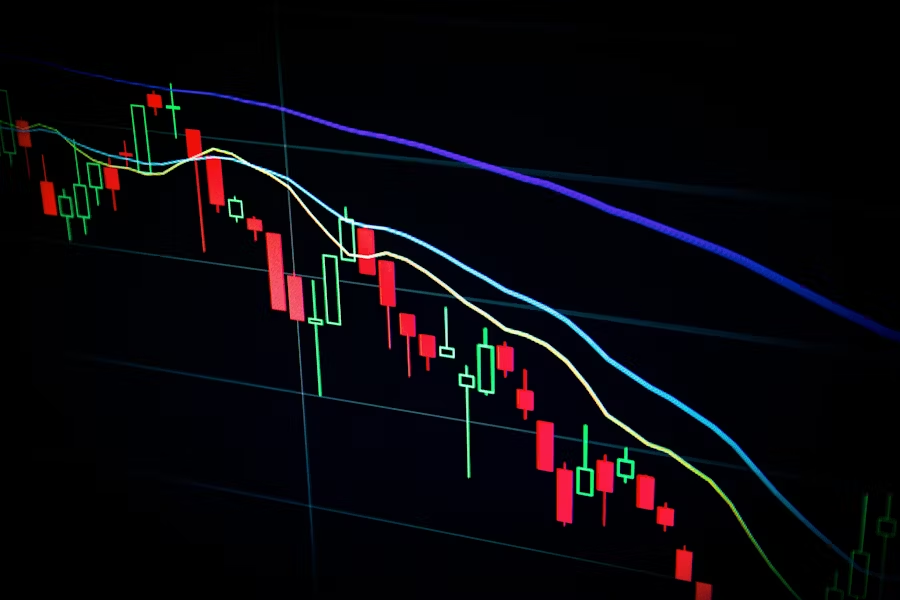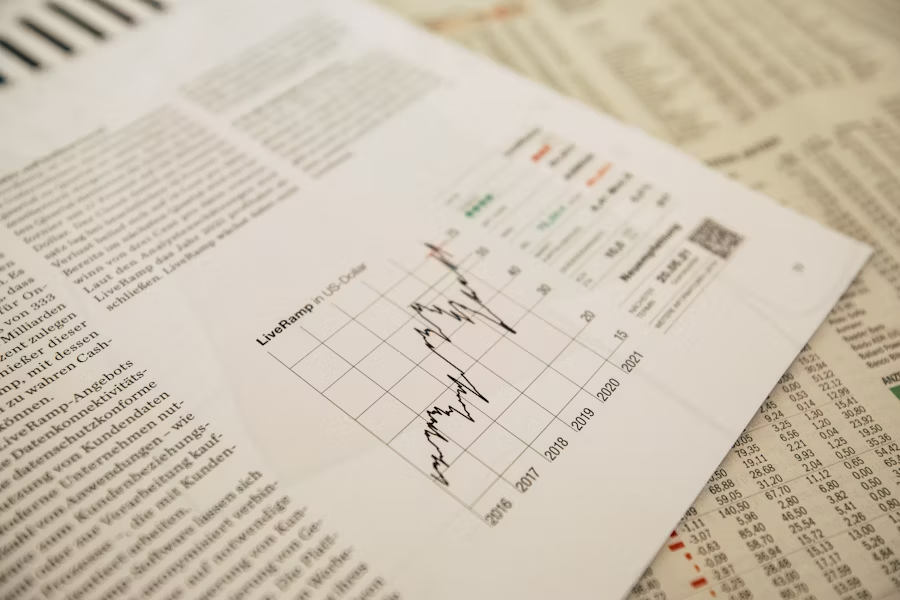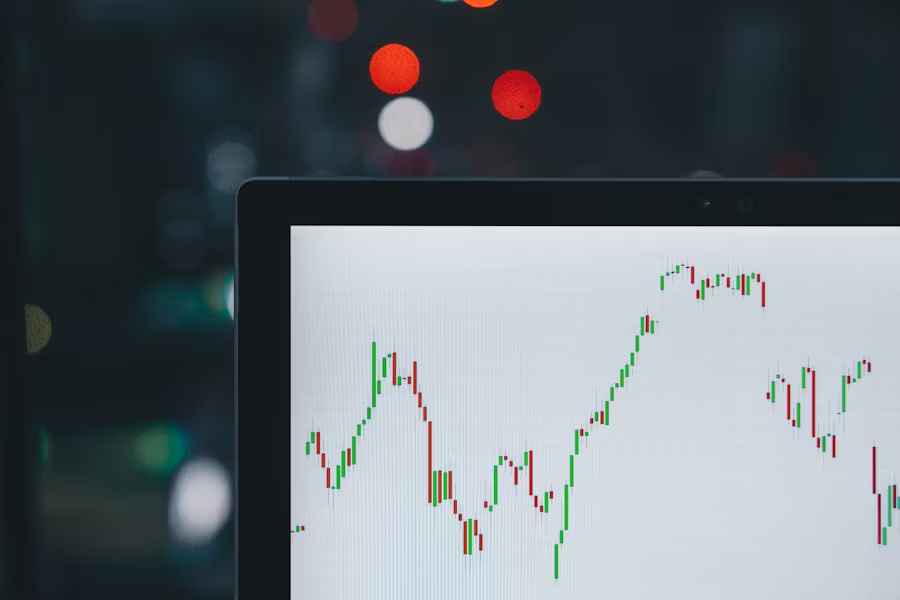Sources for Monitoring the Canadian Market
Staying informed about market activity involves utilizing various resources available to Canadian investors. Remember to consume information critically.
Major Financial News Outlets: Websites and broadcasts from sources like BNN Bloomberg, the Financial Post, and The Globe and Mail (Globe Investor) provide daily market news, analysis, and commentary specific to Canada.
Brokerage Platforms: Most Canadian online brokers offer built-in news feeds, research reports (from their analysts or third parties like Morningstar), stock screeners, and charting tools.
Independent Analysis Sites: Reputable websites focusing on stock analysis (like The Motley Fool Canada, TMX Money, Stockchase) can offer different perspectives and stock ideas, but always verify their reasoning and potential biases.
Official Company Filings (SEDAR+): For definitive information on Canadian public companies (financial statements, reports, prospectuses), consult the official SEDAR+ database maintained by securities regulators. This is crucial for due diligence.
Social Media & Forums: While potentially offering quick insights or sentiment checks, information from social media requires extreme caution and rigorous fact-checking before being considered reliable.








